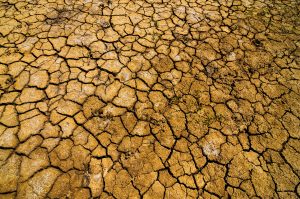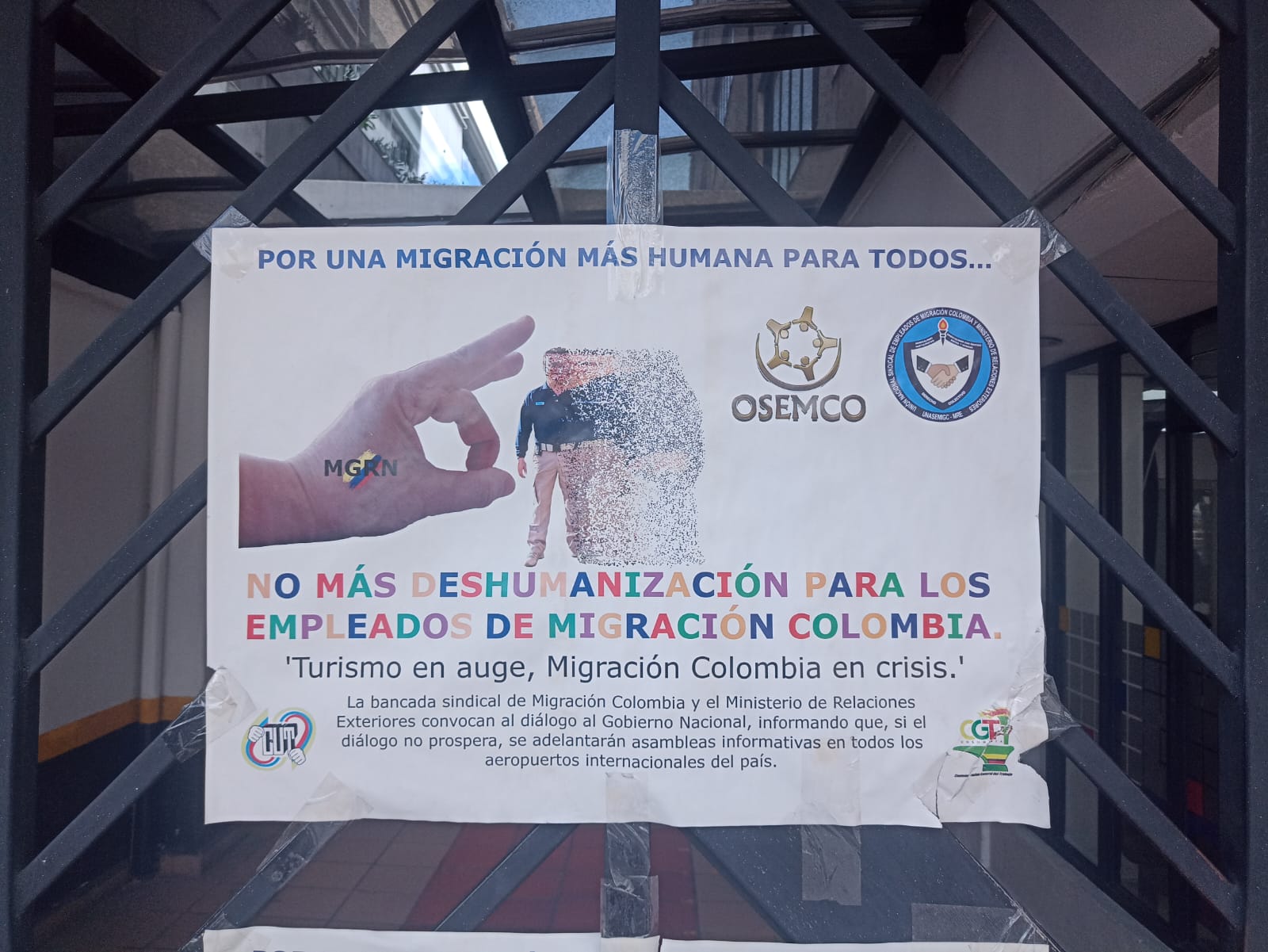
Cracked earth in the department of La Guajira. Photo courtesy of Shutterstock
Colombia is likely to face the weather phenomenon El Niño this year as authorities seek to mitigate the more extreme consequences that might be felt across the country.
El Niño had previously occurred across the world in 2015/2016 and the warmer weather that arrives with the phenomenon is likely to bring the risk of droughts and forest fires within Colombia. When El Niño last hit Colombia around 188,650 hectares were lost according to the government agency The Institute of Hydrology, Meteorology and Environmental Studies (IDEAM).
Drastically low levels of rain also resulted in the Magdalena river being at its shortest levels and the country subsequently incurred a financial loss of around 1.6 trillion pesos. Magdalena, Boyacá, Santander, La Guajira, Cundinamarca and Tolima were the most affected at the time.
Environment Minister Ricardo Lozano Picón said at a town hall meeting in August that, even though El Niño will result in serious shortages of rainfall, early preparation can mitigate the effects.
“The models show that by the end of this year and for January, February and March of the next, there will be a reduction in rainfall, making necessary a preventive policy and not one of contingency. It is very important to take advantage of the rains in October and November as they will be below average by 60 percent,” One such example, the Minister noted, would be to take precautions with the aquaduct in Girardot, a source that contributes to around 50 communities.
This reduction in rainfall will coincide with the time known for being the driest in the year and there are concerns that droughts could severely affect vulnerable communities.
Cundinamarca suffers not from natural causes but by continued human intervention according to Lozano Picón “Cundinamarca is one of the departments that registers more deforestation, erosion and desertification.” Droughts will affect water provisions and, given the amount of energy that are run by rivers, will also affect energy use.
Colombia is more vulnerable to weather events that may be milder, particularly for communities across the country that have already faced hardship this year. Of these, severe flooding in the eastern departments of Vichada and Arauca as well as regions sensitive to landslides will be areas that will face challenges if the government is unable to craft an effective disaster response.
What is El Niño?
El Niño is caused by rising sea surface temperatures in the Pacific Ocean and is accompanied by a phase called La Niña which is a corresponding cooling phase. The abnormal effects caused by the various phases–called ENSO (El Niño/Southern Oscillation)– can extend out to 15 months as it did in 2015/2016.
Although resulting in extreme events, El Niño is not in itself a man-made phenomenon like climate change though there is a growing body of evidence to suggest that climate change (and rising CO2 levels) can increase the impact of El Niño.
Predicting that there is a 70% likelihood that El Niño events will begin from this month onwards, the World Meteorological Organisation (WMO) did however attempt to temper any alarm by claiming that the data did not suggest that an extreme event was likely. “If El Niño does emerge, its strength is currently uncertain but a strong event appears unlikely,” the WMO concluded.
Colombia won’t be alone in feeling the effects of El Niño. Below-average rainfalls will also be expected in Central America and the Caribbean, parts of southern Asia, eastern Asia and the Pacific. Meanwhile, other countries will face the flood with above-average rainfall expected in other parts of Latin America like Brazil, Argentina, Uruguay and Paraguay.





